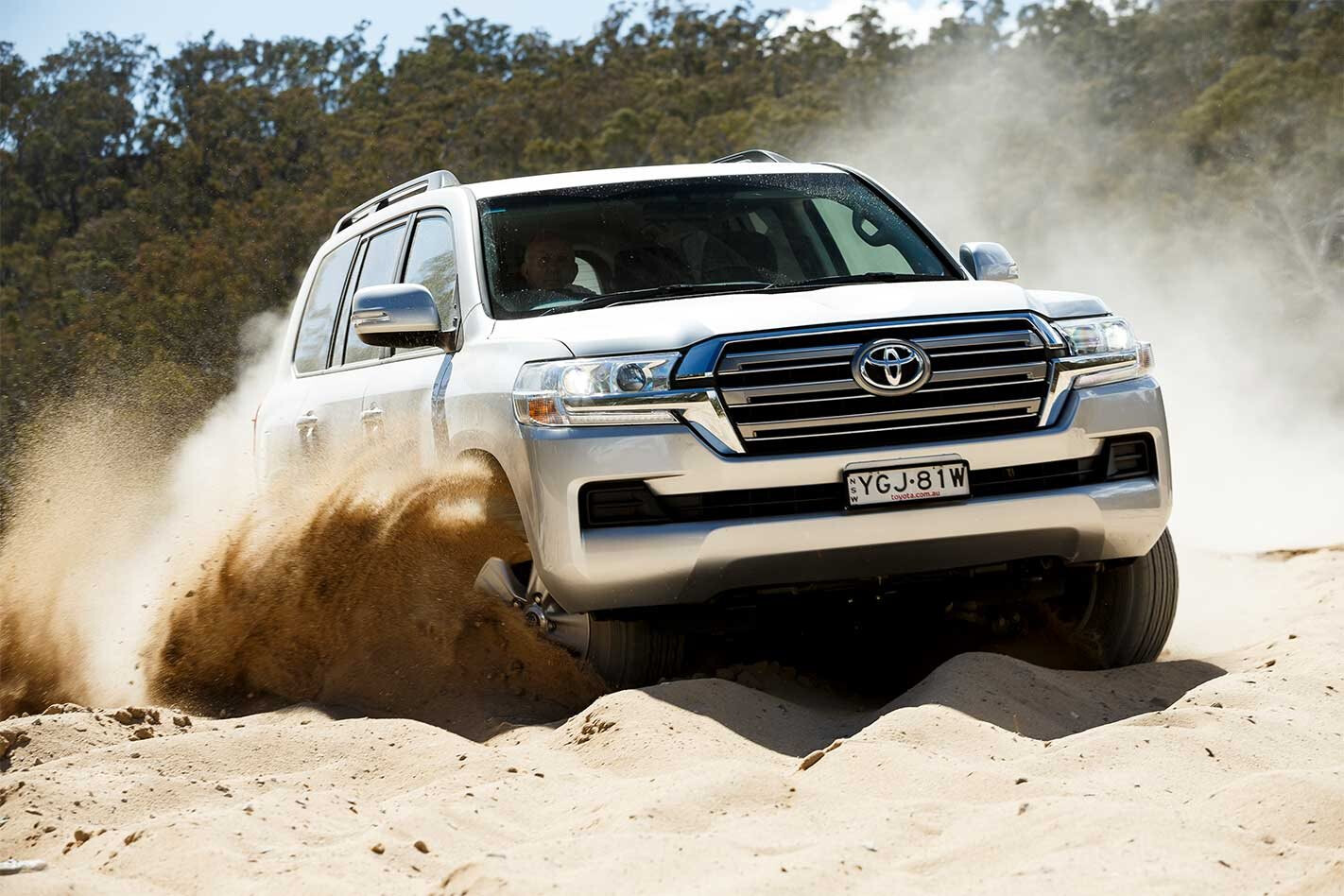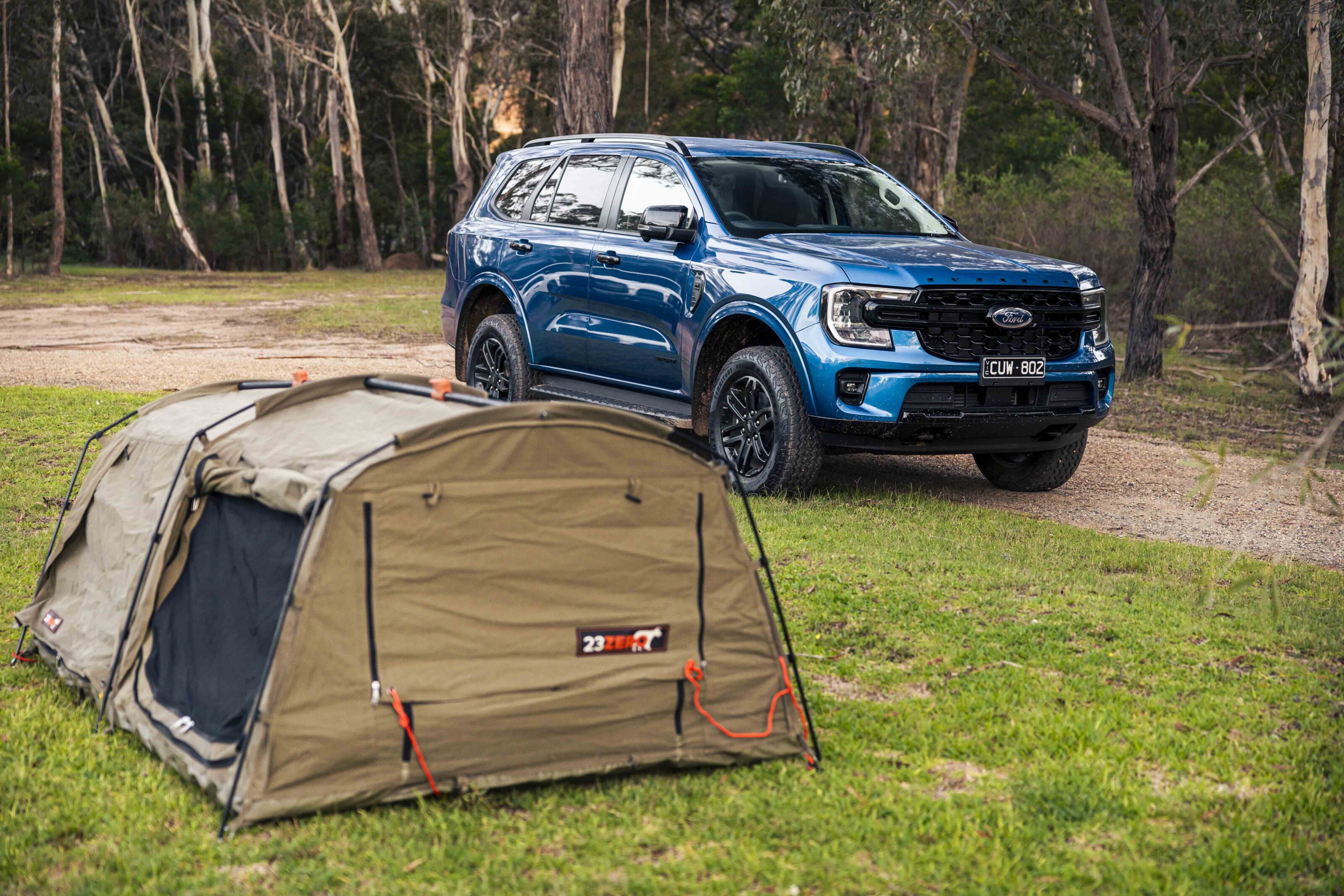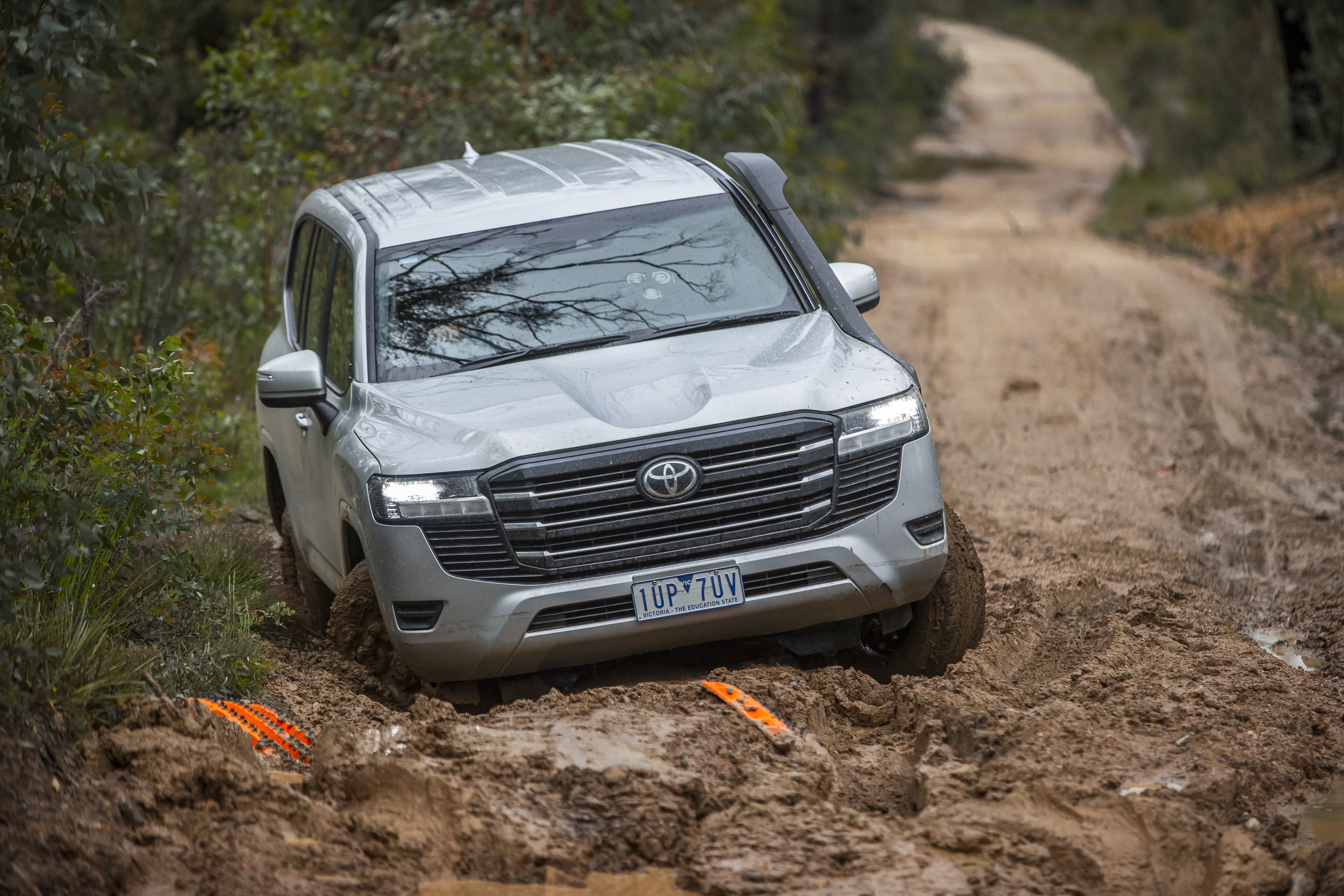THERE are plenty of unsubstantiated rumours flying around about what will be powering the next Toyota LandCruiser, even what the 200 Series replacement will be called. Fraser Stronach looks at why the 1VD diesel engine is vital to the LandCruiser’s success.
For want of a better name we’ll call it the 300 Series, the long anticipated but yet to materialise replacement for Toyota’s now long-serving Land Cruiser 200 Series. Toyota may not call it the 300, but we’ll settle on that for now.
Many, including I, thought the 300 would be here by now as Toyota had 300-Series prototypes in Australia being tested as long ago as 2015. Amongst other things they were being benchmarked against the then all-new (aluminium monocoque) Range Rover and Range Rover Sport. By 2017 the 200 was also in its 10th year of production, and 10 years was already stretching the typical lifecycle for the ‘passenger’ LandCruiser models given the 80 Series lasted eight years and the 100 Series nine years.
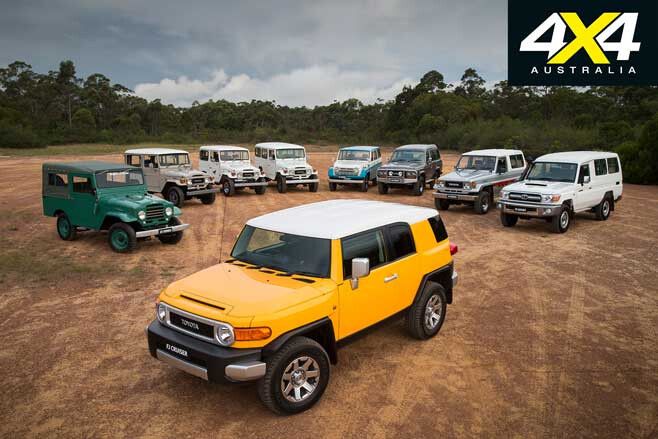
So why the delay? Put simply the 200 has been selling well enough, nowhere more so than in Australia, which is the third biggest market for the 200 overall and the number one market for the 200 diesel. In fact, despite the 200’s age, Australian sales have strengthened significantly over the last five years, especially since you haven’t been able to buy a Nissan Patrol with a diesel engine.
Meanwhile Toyota is no doubt anxiously looking at where global sentiment is going with regards exhaust emissions, the long-term viability of diesel engines and the idea of ‘electrification’. Toyota has already said it will have ‘electrified’ models right across its entire range of 2WD cars, SUVs and 4x4s by mid-decade, but that doesn’t mean a fully electric 300 by 2025 – that’s a long way off, if ever– but some sort of petrol-electric-hybrid 300 is definitely in the pipeline.
The situation is made complex by the conditions that prevail in different markets. In Australia the 200 is now only offered with the 4.5-litre diesel V8. In the wealthier parts of the Middle East, where most 200s are sold, the preference is for petrol and both the 4.6-litre V8 previously offered here and 5.7-litre V8 from the Lexus LX570. In the USA the 5.7-litre petrol V8 is the only engine available while, notably, the 200 is largely absent from the essentially diesel European market.
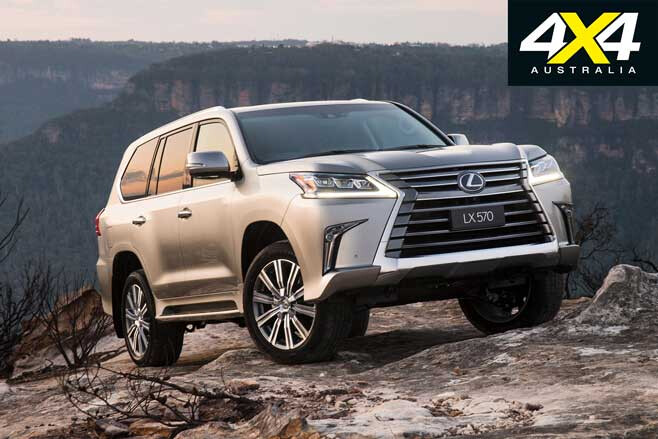
Given Australia is the biggest single market for the diesel 200, that puts us in a unique place with regards what’s going to happen with the 300, at least in terms of diesel engines. Right now the Australian federal government is also deciding where it wants to go with future vehicle emissions, notably the timing of the introduction of Euro 6. It has already delayed the introduction of Euro 6 fuel standards until 2027 and without Euro 6 fuel it’s harder to achieve Euro 6 exhaust standards. A change of government in Canberra could however change that.
Right now Euro 5 is in play, which the 200’s V8 diesel currently meets thanks to its diesel particulate filter (DPF) and other changes introduced in late-2015. But this engine won’t meet Euro 6 without the addition of Selective Catalytic Reduction (aka AdBlue) – at the very least – so if it’s to be employed in the 300 in Australia in its present form, Toyota needs to move before the federal government introduces Euro 6.
If the introduction of Euro 6 follows the pattern of the introduction of Euro 5, 4, etc., it will be a two-staged affair. A initial date will be set where all, all-new-design models have to comply and then there will be second date (a year or two down the track) where all models, whether newly introduced or existing, will have to comply. If Toyota can upgrade the diesel V8 to Euro 6, which should be possible though not simple, it would then be future-proofed well into the decade, perhaps even longer.

Some have suggested the 300 will get a new-generation diesel engine, possibly a V6, or even a diesel-electric hybrid powertrain, but both seem like fanciful thinking.
Sometime down the track we will however see a petrol-electric hybrid 300 in Australia, where the petrol engine will most likely be a mid-sized V6 with low-pressure forced aspiration via turbocharging or supercharging (perhaps even electric supercharging), variable valve lift, variable valve timing and direct cylinder injection.
Is Australia ready to accept a petrol-engined LandCruiser again? Well, sooner or later we probably won’t have any choice.

